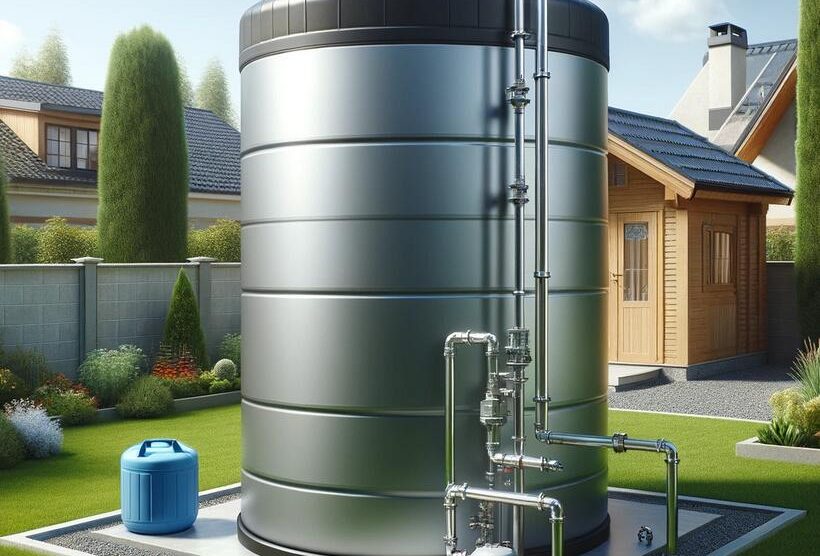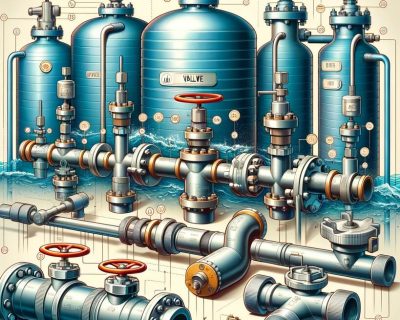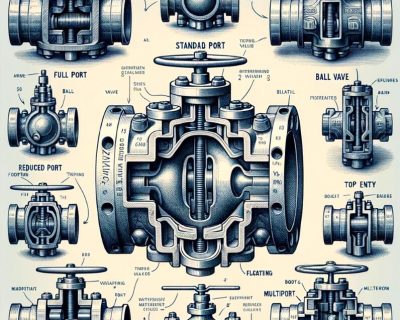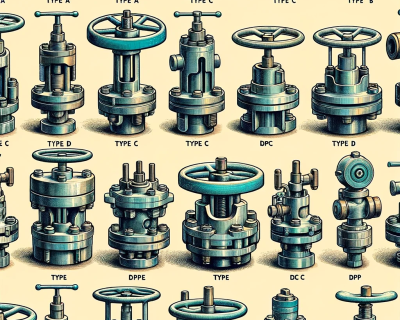
Mastering Water Management: The Essential Guide to Float Valves for Water Tanks
Table of Contents
ToggleIntroduction to Float Valves in Water Tanks
Effective water management is crucial in residential and commercial settings, particularly when maintaining an efficient and reliable water supply. At the heart of this system lies a small yet significant component: the float valve. This guide delves into the intricacies of float valves for water tanks, offering insights into their functionality, benefits, and installation.
Understanding Float Valves: Definition and Mechanics
A float valve, integral to the water tank, is a mechanism designed to regulate the water level within the tank. A float on the water’s surface rises and falls with the water level. This movement controls the valve, opening it to allow water in when the level is low and closing it to stop the inflow once the desired level is reached.
Types of Float Valves and Their Applications
Float valves come in various designs, each suited to specific applications. The common types include:
- Ball Float Valves: Typically used in large tanks, these valves use a ball-shaped float connected to an arm.
- Cup Float Valves: More compact, ideal for smaller tanks where space is limited.
- Counterbalance Float Valves: Designed for precision, often used in industrial settings.
Each type plays a pivotal role in different water systems, from residential cisterns to agricultural reservoirs and industrial cooling towers.
Role of Float Valves in Water Level Maintenance
By automatically adjusting the water inflow, float valves maintain a consistent water level, ensuring a stable and reliable water supply while preventing overflows and water wastage.
Benefits of Using Float Valves in Water Tanks
Integrating float valves into water tank systems offers several advantages:
- Preventing Water Wastage: By controlling the water level, float valves minimize the risks of overflows, conserving water.
- Consistent Water Supply: They ensure a steady water level, contributing to a reliable water supply.
- Protection Against Water Damage: By preventing overflows, float valves mitigate the risk of water damage to property.
Selecting the Right Float Valve for Your Water Tank
Choosing the appropriate float valve depends on various factors:
- Tank Size and Water Pressure: Larger tanks with higher water pressure require more robust valves.
- Material Considerations: Options include plastic, stainless steel, and brass, each offering different levels of durability and suitability for various water types.
- Application-Specific Needs: Residential, agricultural, and industrial settings might require different types of valves.
Comparison of Materials
Plastic valves are affordable and corrosion-resistant, ideal for residential use. Stainless steel valves offer enhanced durability, suitable for industrial applications. Brass valves, known for their longevity, are perfect for various environments.
Installation Tips and Best Practices
Proper installation of a float valve is key to its efficiency:
- Installation Guide: Follow a step-by-step approach to install the valve correctly.
- Common Challenges: Be prepared to address issues like misalignment or incorrect sizing.
- Maintenance:Performing regular checks and maintenance on the valve is crucial to ensure its longevity and proper functioning.
Maintaining Your Float Valve
Regular inspection for wear and tear, cleaning of debris, and timely replacement of faulty parts are essential for maintaining the efficacy of your float valve.
Innovations and Future Trends in Float Valve Technology
Float valve technology is constantly evolving to meet the growing demands of efficient water management. Recent innovations in float valve technology have led to more precise control mechanisms and integration with smart home systems. These advancements not only improve water management but also contribute to environmental sustainability.
Latest Developments in Design and Technology
The latest float valve designs incorporate advanced materials and innovative mechanisms to enhance durability and efficiency. For instance, new models feature improved sealing techniques to prevent leaks and offer more precise water level control. Some are designed to withstand extreme environmental conditions, making them suitable for diverse applications.
Smart Float Valves: Integration with Home Automation
Smart technology is revolutionizing how float valves operate. These smart valves can be integrated with home automation systems, allowing remote monitoring and control. Users can adjust water levels, receive alerts for potential issues, and even automate water supply based on usage patterns. This level of control is particularly beneficial in agricultural and industrial settings where water usage is high.
Environmental Considerations in Manufacturing
Manufacturers are increasingly focusing on the environmental impact of float valves. This involves using recycled materials, reducing waste in the manufacturing process, and designing valves that contribute to water conservation. Such environmentally friendly practices are becoming a norm, reflecting a broader commitment to sustainability in the industry.
Case Studies: Successful Float Valve Implementations
To illustrate the impact of float valves, let’s explore some real-life examples:
Residential Water Management
In a suburban neighborhood, a household installed a smart float valve in their water tank. The result was a significant reduction in water wastage and an improved water supply, leading to lower utility bills and enhanced sustainability.
Agricultural Efficiency
A farm used an advanced float valve system for its irrigation reservoir. The system optimized water usage, ensuring adequate irrigation while conserving water, which is crucial in times of drought.
Industrial Application
An industrial plant incorporated high-capacity float valves in its cooling towers. This ensured a constant water level, crucial for maintaining operational efficiency and preventing equipment from overheating.
This comprehensive guide has explored the crucial role of float valves in water management. From understanding their basic function to exploring the latest innovations and real-world applications, it’s clear that float valves are indispensable in ensuring efficient, sustainable water management across various sectors. Whether you’re a homeowner, farmer, or industrial manager, the knowledge and insights provided here will empower you to make informed decisions about your water management systems, leading to better efficiency, cost savings, and environmental sustainability.
In a world where water conservation is becoming increasingly important, float valves offer a simple yet effective solution. By adopting these technologies and innovations, we can all contribute towards a sustainable future.
Understanding the function and importance of float valves in water tanks is vital for efficient water management. You can ensure a reliable and sustainable water supply by selecting the appropriate type, installing it correctly, and maintaining it regularly. This guide aims to provide you with the knowledge and tools needed to master water management in your residential, agricultural, or industrial setting.





